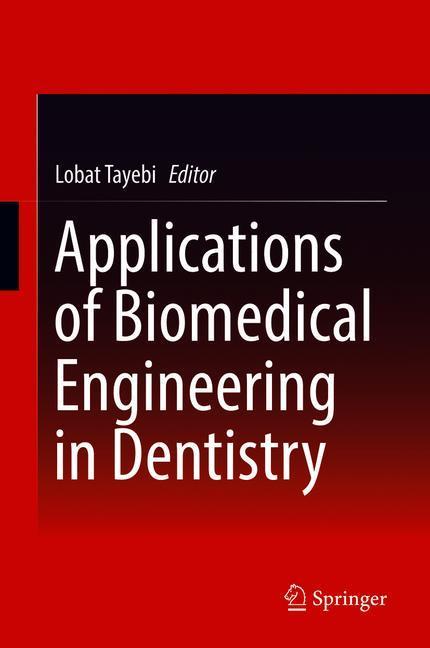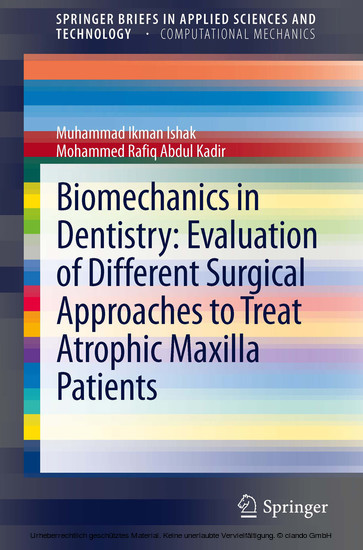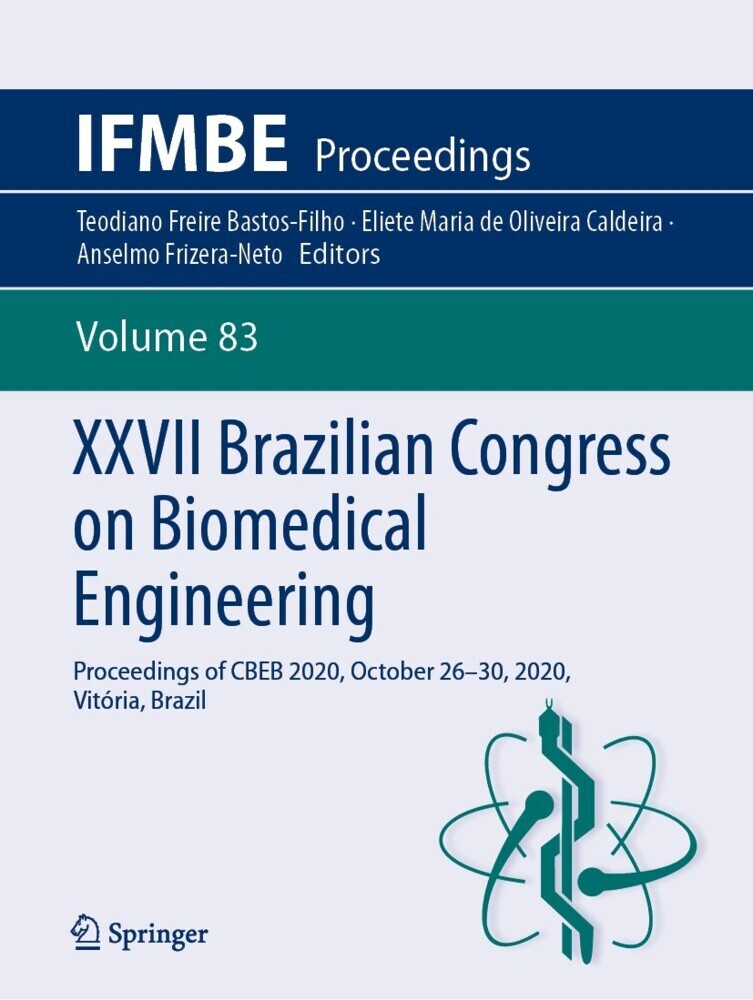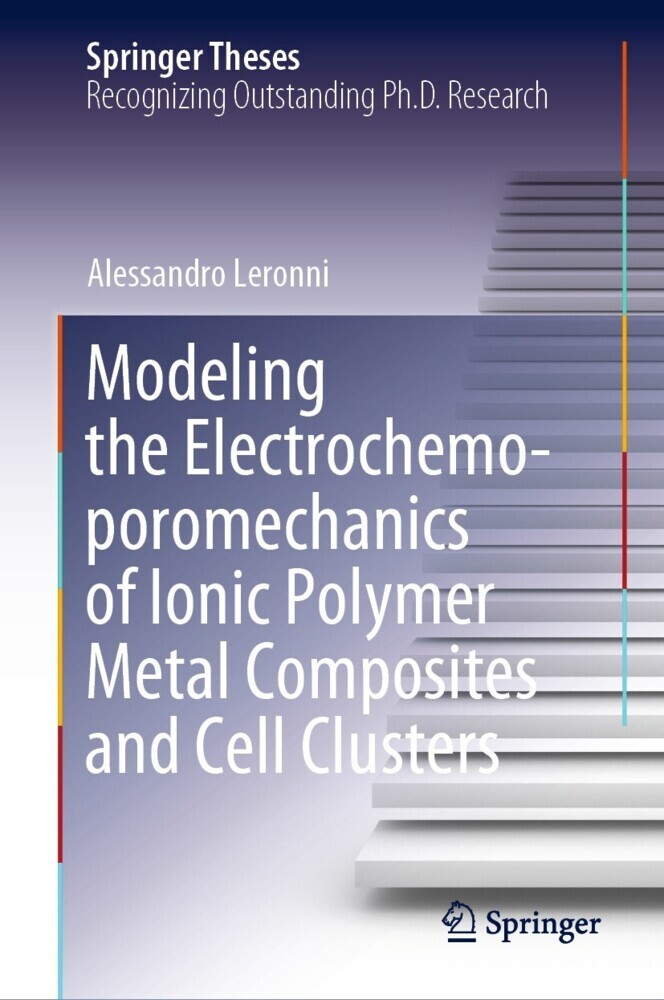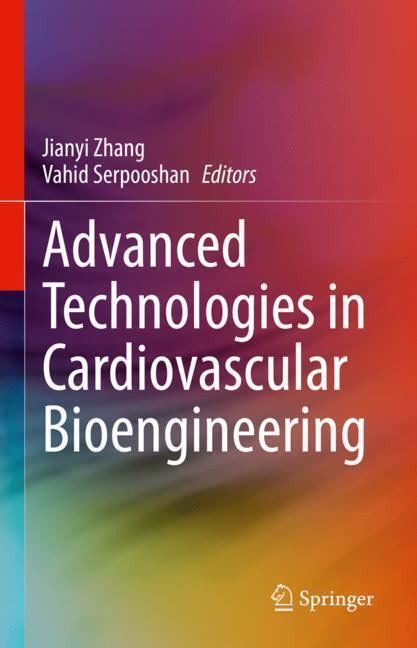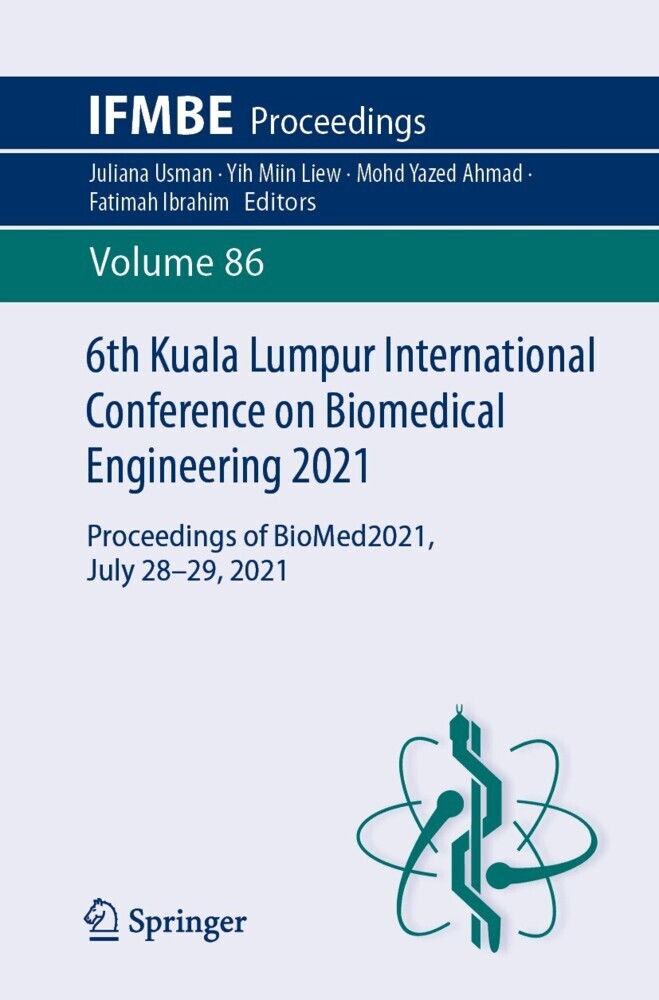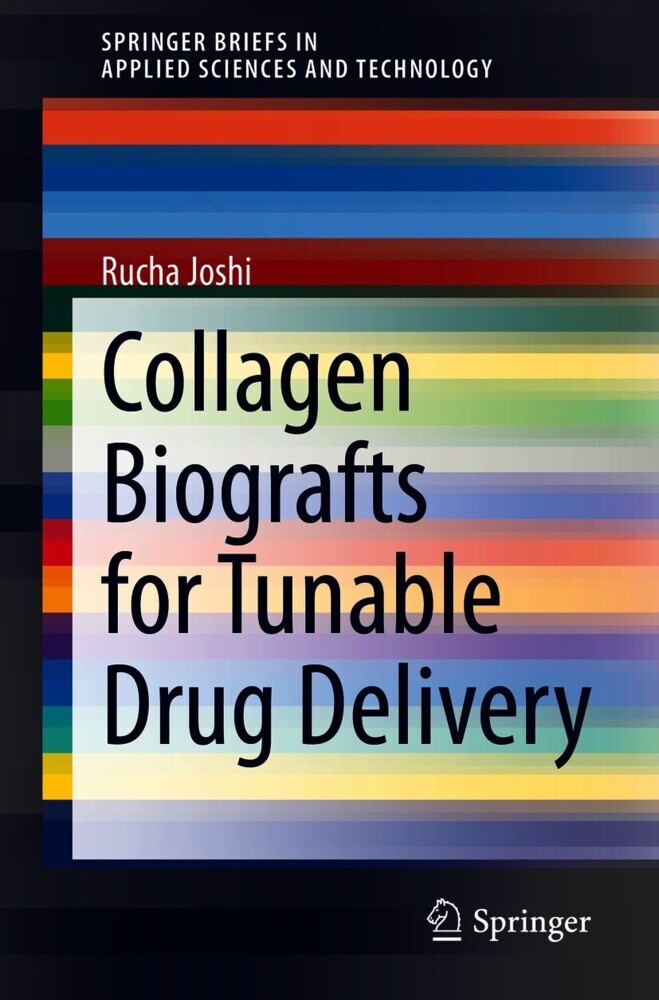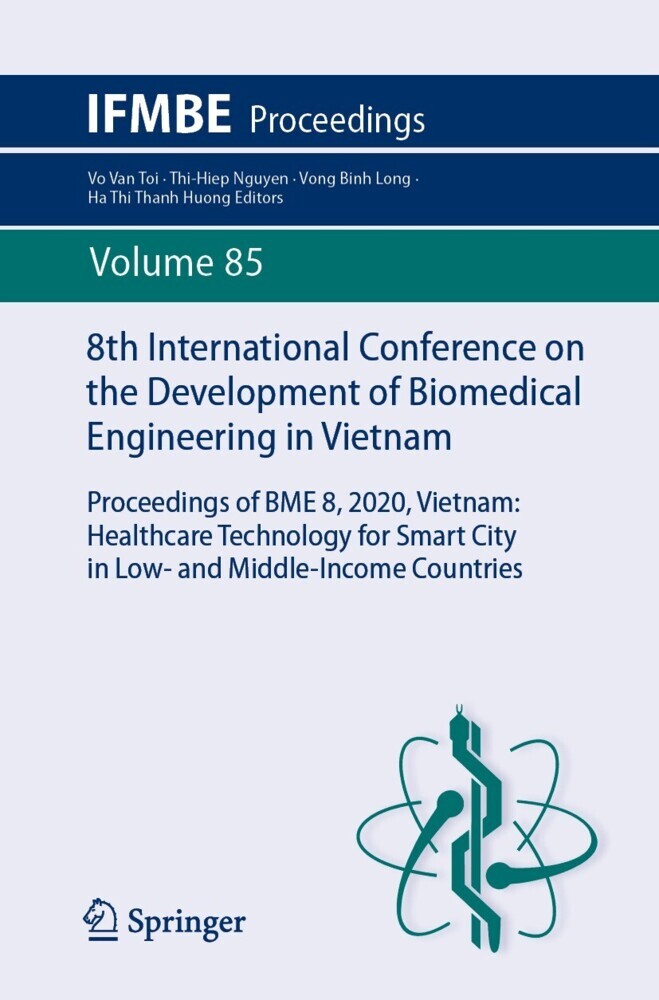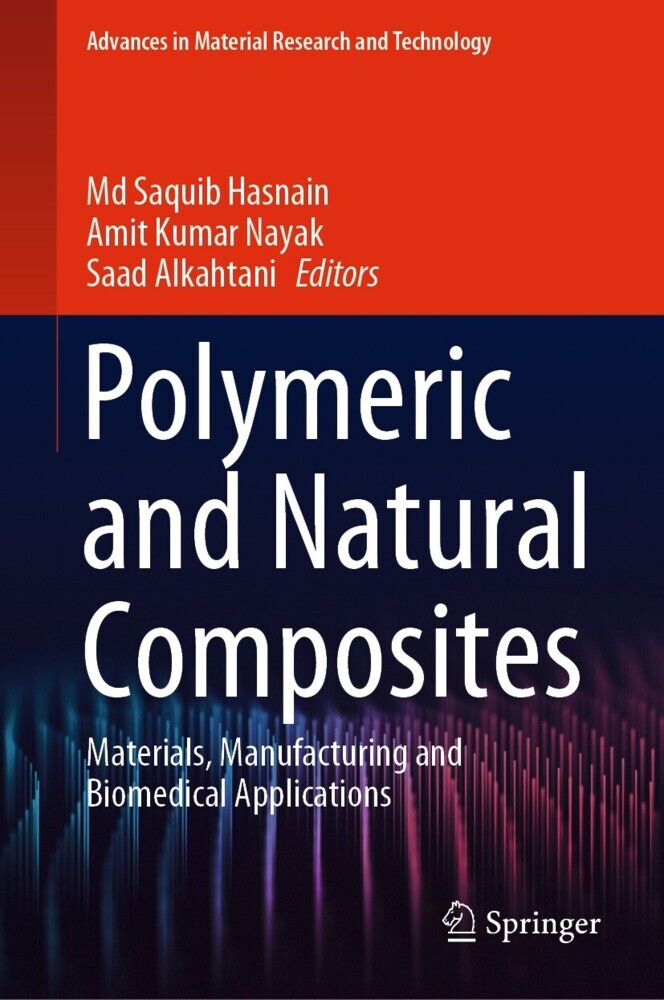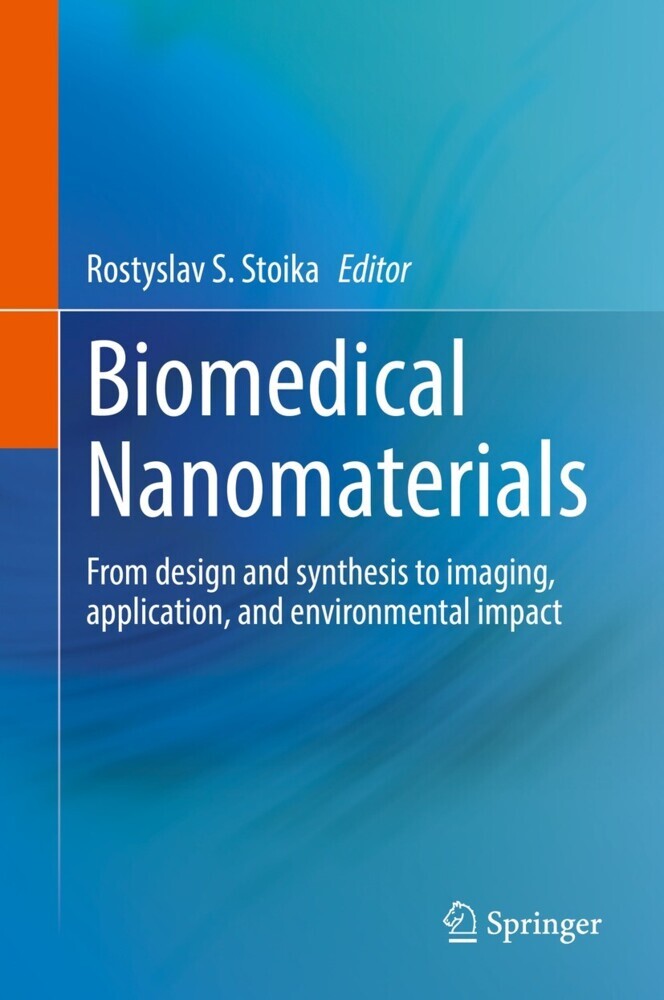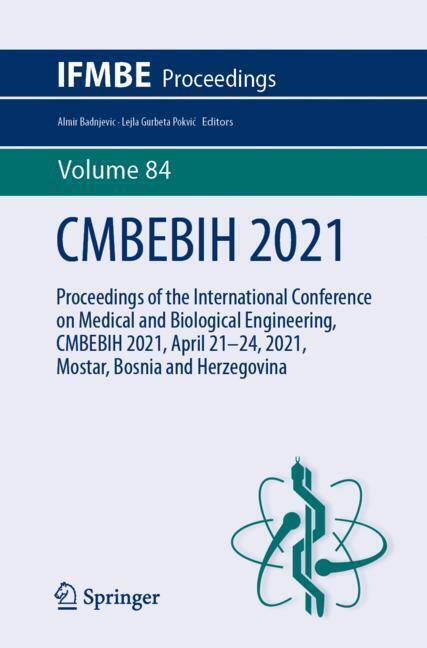Applications of Biomedical Engineering in Dentistry
This book offers readers a valuable overview of recent advances in biomedical engineering, as applied to the modern dentistry. It begins by studying the biomaterials in dentistry, and materials used intraoperatively during oral and maxillofacial surgery procedures. Next, it considers the subjects in which biomedical engineers can be influential, such as 3-dimensional (3D) imaging, laser and photobiomodulation, surface modification of dental implants, and bioreactors. Hard and soft tissue engineerings in dentistry are discussed, and some specific and essential methods such as 3D-printing are elaborated. Presenting particular clinical functions of regenerative dentistry and tissue engineering in treatment of oral and maxillofacial soft tissues is the subject of a separate chapter. Challenges in the rehabilitation handling of large and localized oral and maxillofacial defects is a severe issue in dentistry, which are considered to understand how bioengineers help with treatment methods in this regard.
Recent advances in nanodentistry is discussed followed by a chapter on the applications of stem cell-encapsulated hydrogel in dentistry.Periodontal regeneration is a challenging issue in dentistry, and thus, is going to be considered separately to understand the efforts and achievements of tissue engineers in this matter. Oral mucosa grafting is a practical approach in engineering and treatment of tissues in ophthalmology, which is the subject of another chapter. Microfluidic approaches became more popular in biomedical engineering during the last decade; hence, one chapter focuses on the advanced topic of microfluidics technologies using oral factors as saliva-based studies. Injectable gels in endodontics is a new theme in dentistry that bioengineering skills can advance its development, specifically by producing clinically safe and effective gels with regeneration and antibacterial properties. Engineered products often need to be tested in vivo before being clinical in dentistry; thus, one chapter is dedicated to reviewing applicable animal models in dental research. The last chapter covers the progress on the whole tooth bioengineering as a valuable and ultimate goal of many dental researchers.
- Offers readers an interdisciplinary approach that relates biomedical engineering and restorative dentistry
- Discusses recent technological achievements in engineering with applications in dentistry
- Provides useful tool to dental companies for future product planning, specifically to biomedical engineers engaged in dental research
Lobat Tayebi is graduated from University of California-Davis in 2011 and joined Oklahoma State University, at the same year, as an Assistant Professor of Materials Science and Engineering. After three years of working as an Assistant Professor, she became Associate Professor and Director of Research at Marquette University School of Dentistry (2014-present). She is a researcher in materials and regenerative medicine with multiple patents in the field, She has published about 200 journal articles and book chapters, and her research interests include 3D-printing, smart- bio-materials, soft/hard/interfacial tissue engineering, treatment of critically-sized craniomaxillofacial defects, growth factor delivery, vascularization and stem cell seeding in patient specific 3D-printed scaffolds, and preservation of oral tissues.
1;Contents;5 2;Contributors;7 3;Chapter 1: Introduction to Application of Biomedical Engineering in Dentistry;11 3.1;Reference;12 4;Chapter 2: Biomedical Materials in Dentistry;13 4.1;1 Introduction;13 4.2;2 Metallic Biomaterials;13 4.2.1;2.1 Dental Amalgam;14 4.2.2;2.2 Alloys for Metallic Restorations;15 4.2.3;2.3 Titanium in Implant Dentistry;16 4.3;3 Polymeric Biomaterials;17 4.3.1;3.1 Bonding Agents;17 4.3.2;3.2 Luting Agents;18 4.3.3;3.3 Prosthetic Polymers and Resins;19 4.3.4;3.4 Endodontic Obturation Materials;19 4.3.5;3.5 PEEK in Dentistry;20 4.3.6;3.6 Membranes and Polymeric Periodontal Biomaterials;20 4.3.7;3.7 Sutures and Alternatives;21 4.4;4 Ceramic Biomaterials;21 4.4.1;4.1 Dental Ceramics;22 4.4.2;4.2 HA and Other Bioceramics;23 4.4.3;4.3 Bioactive Glass;24 4.4.4;4.4 Endodontic Obturation Materials: MTA and Others;24 4.4.5;4.5 Zirconia in Dentistry;25 4.5;5 Composite Biomaterials;25 4.5.1;5.1 Resin-Based Composites;26 4.5.2;5.2 Modified Composites and GIOMERS;26 4.5.3;5.3 Bone Augmentation Materials;27 4.6;6 Conclusion;27 4.7;References;28 5;Chapter 3: Materials Used Intraoperatively During Oral and Maxillofacial Surgery Procedures;31 5.1;1 Introduction;31 5.2;2 Grafting and Growth Factors;32 5.2.1;2.1 Grafting;32 5.2.2;2.2 Growth Factors Relevant to Surgery;33 5.2.2.1;2.2.1 Bone Morphogenetic Protein;34 5.2.2.2;2.2.2 Transforming Growth Factor;34 5.2.2.3;2.2.3 Platelet-Derived Growth Factor;34 5.2.2.4;2.2.4 Fibroblast Growth Factor;35 5.3;3 Growth Factor Enhancements;35 5.3.1;3.1 The Biology of Wound Healing;36 5.3.2;3.2 Collection and Preparation of Platelet Derivatives;36 5.3.3;3.3 Applications in Oral and Maxillofacial Surgery;37 5.3.4;3.4 Future Applications;37 5.4;4 Implantable Devices;38 5.4.1;4.1 Replacement of Teeth;38 5.4.2;4.2 Reconstruction of the Craniomaxillofacial Skeleton;39 5.4.2.1;4.2.1 Natural Bone Grafts;39 5.4.2.2;4.2.2 Synthetic Bone Grafts;40 5.5;5 Maintenance of Structural Integrity and Fixation;41 5.5.1;5.1 Plates and Screws;41 5.5.1.1;5.1.1 Midface;41 5.5.1.2;5.1.2 Mandible;42 5.5.1.3;5.1.3 Absorbable Materials;43 5.6;6 Summary;43 5.7;References;44 6;Chapter 4: 3D Imaging in Dentistry and Oral Tissue Engineering;53 6.1;1 Introduction;53 6.2;2 Computed Tomography (CT);54 6.2.1;2.1 Image Reconstruction;58 6.2.1.1;2.1.1 Multiplanar Reformation (MPR);58 6.2.1.2;2.1.2 Maximum Intensity Projection (MIP);58 6.2.1.3;2.1.3 Shaded Surface Display (SSD);59 6.2.1.4;2.1.4 Volume Rendered;60 6.2.2;2.2 Advantages of CT Compared to Conventional Radiography;61 6.2.3;2.3 Advantages of MDCT Compared to Conventional Step-and-Shoot CT;61 6.2.4;2.4 Disadvantages of CT;61 6.2.5;2.5 Applications of CT;61 6.2.6;2.6 Rapid Prototyping;62 6.2.7;2.7 Tissue Engineering;62 6.3;3 Cone Beam Computed Tomography (CBCT);62 6.3.1;3.1 CBCT Basic Formats for Image Reconstruction;66 6.3.1.1;3.1.1 Multiplanar Reformation (MPR);66 6.3.1.2;3.1.2 Ray Sum;66 6.3.1.3;3.1.3 Volume Rendering;67 6.3.2;3.2 Advantages of CBCT;68 6.3.3;3.3 Limitations of CBCT;70 6.3.4;3.4 Applications of CBCT;70 6.3.4.1;3.4.1 Determining the Proper Location for Dental Implants;70 6.3.4.2;3.4.2 Inflammatory and Degenerative Diseases;71 6.3.4.3;3.4.3 Cysts and Tumors;71 6.3.4.4;3.4.4 Endodontics;71 6.3.4.5;3.4.5 Orthodontics;72 6.3.4.6;3.4.6 Surgery;72 6.3.4.7;3.4.7 Dental Anomalies;72 6.3.4.8;3.4.8 Temporomandibular Joint;72 6.3.4.9;3.4.9 Paranasal Sinuses;73 6.3.5;3.5 Rapid Prototyping;73 6.3.6;3.6 Tissue Regeneration;73 6.4;4 Microcomputed Tomography (Micro-CT);75 6.4.1;4.1 Advantages and Limitations of Micro-CT;77 6.4.2;4.2 Applications of Micro-CT;77 6.4.2.1;4.2.1 Evaluation of Enamel Thickness, Measurement of Dental Structures, and Assessment of Mineral Content;77 6.4.2.2;4.2.2 Evaluation of Root Canal Morphology;78 6.4.2.3;4.2.3 Biomechanics;78 6.4.2.4;4.2.4 Structure, Diseases, Development, and Adaptation of the Bone;79 6.4.2.5;4.2.5 Implants;80 6.4.2.6;4.2.6 Vascular Imaging;80 6.4.2.7;4.2.7 Imaging with Contrast Medium;81 6.4.2.8;4.2.8 Drug Deliv
Tayebi, Lobat
| ISBN | 9783030215835 |
|---|---|
| Artikelnummer | 9783030215835 |
| Medientyp | E-Book - PDF |
| Copyrightjahr | 2019 |
| Verlag | Springer-Verlag |
| Umfang | 477 Seiten |
| Sprache | Englisch |
| Kopierschutz | Digitales Wasserzeichen |

